Stop 1 - Vienne
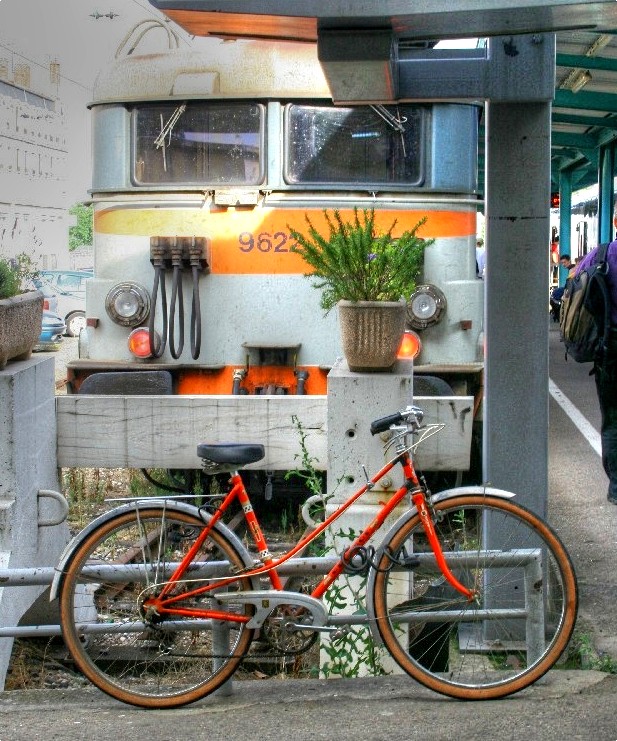 Only now can I say I have come to know what makes Lyon a great food city! It has taken me 6 years to discover the truth. People come here for a weekend and expect that they’ll be able to sidle up to any table in the city and enjoy a great meal. Sometimes they are dissapointed, but those with expectations like that are missing the point, really. What makes Lyon a great food city is not an abundance of superior restaurants, indeed there are only a few here. It is actually a puzzle like a string of secrets waiting in the very fabric of the place. It takes some time to unravel and lay out clearly in words. The clues to this puzzle are everywhere, in the quality of the local ingredients and what lies in the sub-strata, a culture of quality, perpetuating itself, that radiates like a star out into the countryside in all directions. Lyon is planted firmly in the center.
Only now can I say I have come to know what makes Lyon a great food city! It has taken me 6 years to discover the truth. People come here for a weekend and expect that they’ll be able to sidle up to any table in the city and enjoy a great meal. Sometimes they are dissapointed, but those with expectations like that are missing the point, really. What makes Lyon a great food city is not an abundance of superior restaurants, indeed there are only a few here. It is actually a puzzle like a string of secrets waiting in the very fabric of the place. It takes some time to unravel and lay out clearly in words. The clues to this puzzle are everywhere, in the quality of the local ingredients and what lies in the sub-strata, a culture of quality, perpetuating itself, that radiates like a star out into the countryside in all directions. Lyon is planted firmly in the center. This sub-culture of quality is ever present, but at the same time not always visible. It is certainly not visible on the faces of the somber droves that bustle through the canyons lined with belle-epoch architecture in one quarter, medieval structures in another – it is certainly not felt like a contagious nervous energy upon entering this town, the unititiated don't immediately feel the hum. The power is on a frequency that is so established and historical that one must concentrate and focus to harness it. With time it becomes clear that what is underneath gives the potential for the sublime table in Lyon. The reason Lyon is called the gastronomic capital of the world really has very little to do with its restaurants or dining scene or any immediate star quality we might seek and everything to do with what lies underneath.
I have spent years running my errands through these shadows and dimly lit courses to find the very best sources of every ingredient on offer within the city limits of Lyon. Now the practice has taken a certain momentum - I simply adore discovering the closest thing to perfection in produce as I can at the markets, stalls of the Halles, from local farmers, butchers, and cheese producers. I cover a lot of ground and my path is a well beaten one these days.
This unusual pastime has paid off in flavor. It means learning to visually discern the difference, from a variety of factors, between a cauliflower which has matured with its roots submerged in chemical gel 16 hours away by truck and one grown in the local soil and which traveled less than an hour to market. This means paying attention to what the milk producing cows ate and where. It means knowing what day of the week during the months of May and June a certain fromagère receives a single pallet of fresh Roves des Garrigues. Getting to know people, too. Marking in my agenda the hour and place where I can buy a fresh Poulet de Bresse direct from the producer without leaving town and understanding that this window is open but 3 hours per week. Who raises free range pigs an hour outside, and where this man can be found in Lyon on Wednesdays and Sundays. It means learning what the best restaurants know about who makes the best quenelles and simmers the best snails in the city, and when to ask when there’s something you don’t see. Once you’ve figured it out and tasted the difference, there’s no going back. Now that I have come to a certain knowledge of my city, I have begun to stretch my wings. I am looking beyond these walls and into the valley.
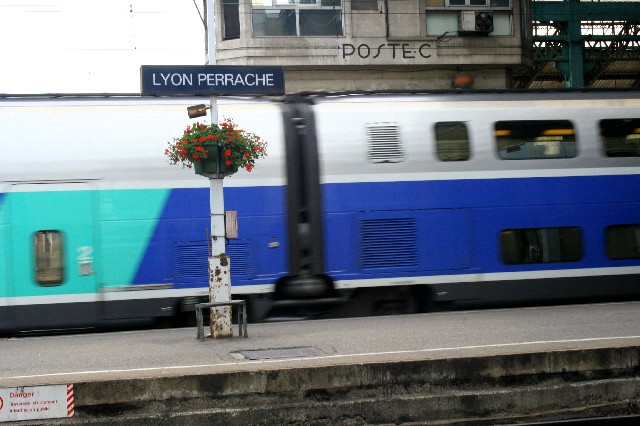
For this summer’s project, I will look to the South and cover the route from
Vienne to Valence.
My call to the bureau of tourism of the town of Vienne did not come at a good time. Mr. Nicholas Combe was kind of busy, with the Jazz Festival starting tomorrow. He did take an interest in my project to discover everything about the best food and wine within pedaling distance from the train station. He promises to receive me this afternoon to let me explain a bit more about my project and help me construct an initial dossier on the first in my itinerary.
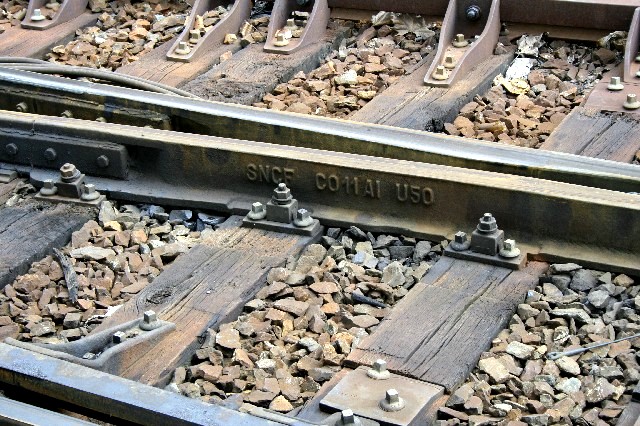
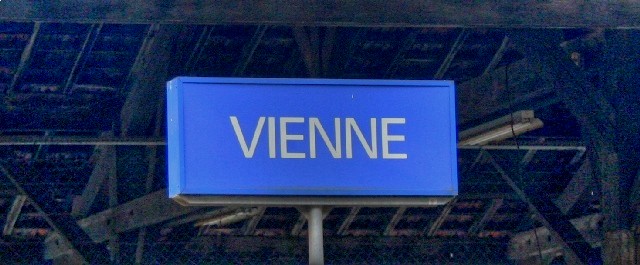
Of course, the first thing that springs to mind when a food enthusiast thinks of the town of Vienne in the Rhone Alpes is La Pyramide, the restaurant and hotel created by Fernand Point in 1923. The more I learn about the history of French cuisine, the more often I hear the name Fernand Point, who was someone so passionate about his vocation and so dedicated to perfection in cooking that he became a legend and pillar in the history of French cuisine. His restaurant, La Pyramide, also became a destination for cuisine enthusiasts and VIPs in search of the paragon of haute gastronomy the world over. He was the mentor of the young Chef Paul Bocuse, and was the man who instilled in Bocuse the principles of freshness of ingredients and respect for the natural qualities of local materials, which ended up culminating in the first star chefs in tandem with the Nouvelle Cuisine Movement in France.
Last year, being the fiftieth year since Chef Fernand Point passed away, they celebrated him and his life. Who are They? Today’s owner and chef of La Pyramide, Mr. Patrick Henriroux, organized a gathering of the top names in French Gastronomy to pay homage to Point and his life accomplishments. They had a big delicious party and then they took a train to pay homage to the legendary chef at his grave site. This detail interests me.
I like monuments to great people. I spent my University years slogging through lists and slides of monuments and historic commissioned works of art over the centuries and did not particularly appreciate it fully at the time. When I became a full fledged adult, though, I was able to see the convoluted reasoning behind my settling finally on that choice. Because deep inside, I feel that the monuments and artifacts connect me to the legends and lore that make up a wonderful story, this wonderful thing that mankind alone has been inspired to create and has passed down through the generations over thousands of years. Honoring these monuments is actually the essence of mankind’s existence. So “find the tomb of Fernand Point” was scratched down in my kitchen notebook.
Since I won’t be able to eat at La Pyramide this summer, nor do I suspect I’ll have the means to do so any time soon, I do think it would be nice to investigate some of the local producers of the stuff that provides the potential for Chef Patrick Henriroux and his team to turn out fabulous French meals there. So on my list for the city of Vienne, I have also written : Local suppliers to La Pyramide. Local Specialties. Cheese. And then there’s the Cote Roti – with it’s own bullet point. Alright. I think that is a good start.
All Aboard! Train leaving for Vienne!
This is installment two of what started as a short project called Vienne to Valence but which has expanded into something bigger. My bike tours of the upper Cotes du Rhône region continue as weather permits, and I will once again be including some of these installments on the blog.
Labels: Excursions, Lyon Bonnes Adresses, Summer 06
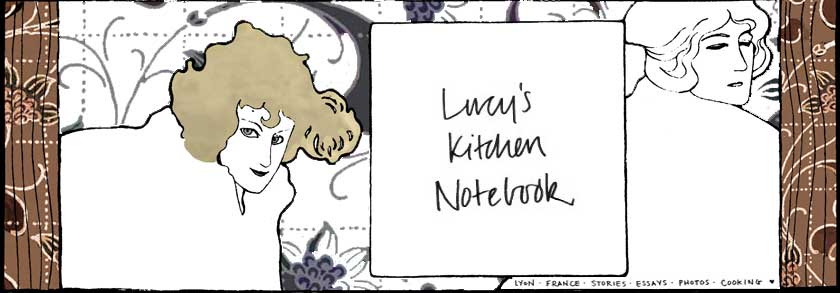









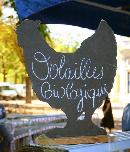
















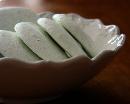








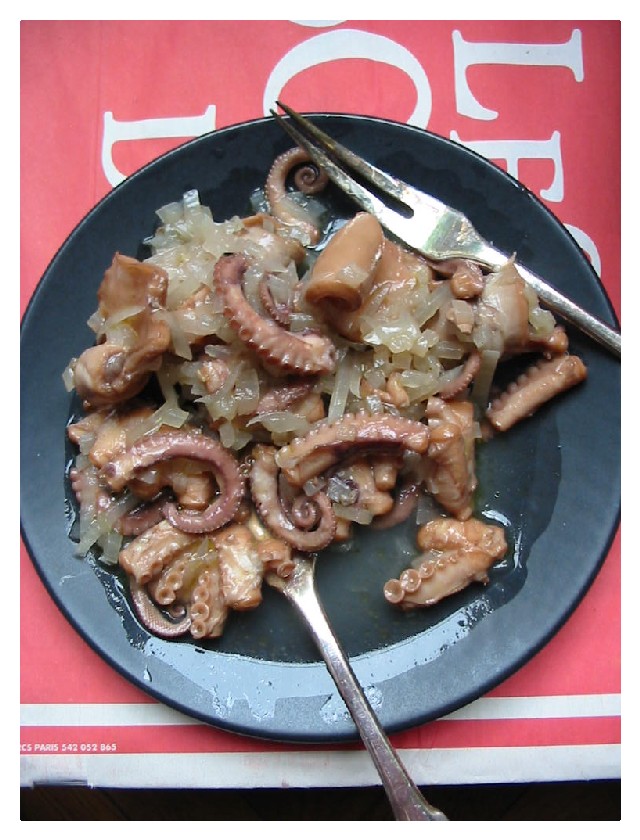


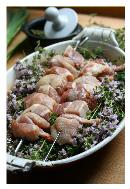













0 Comments:
Post a Comment
<< Home